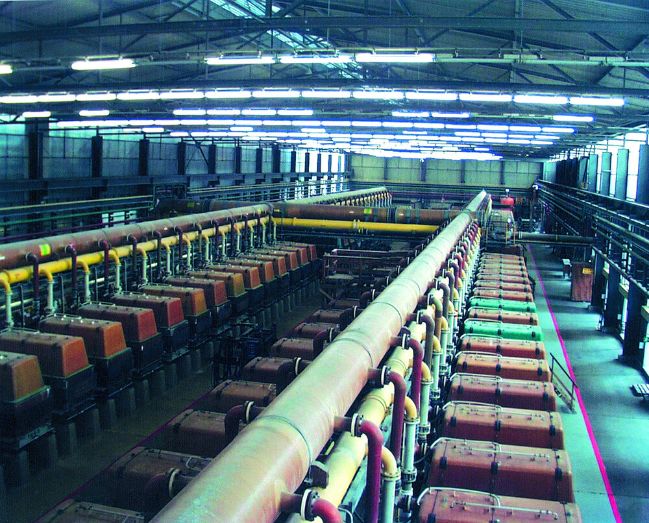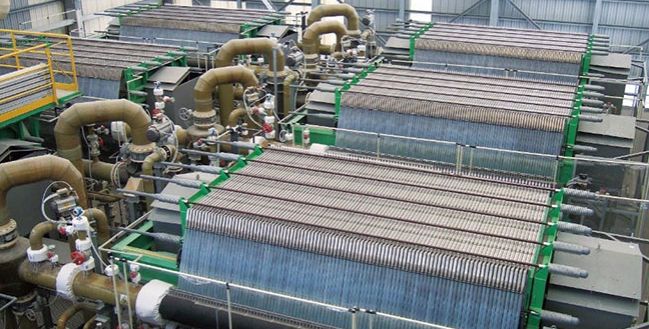The evolution of the chlor-alkali process
The chlor-alkali process is an industrial process for the electrolysis of sodium chloride or brine (NaCl) to produce chlorine gas and sodium hydroxide solution (caustic soda or NaOH). Originally, sodium hydroxide was produced by the reaction of slaked lime and soda ash. In 1892, the electrolysis of brine was discovered as a method of making both sodium hydroxide and chlorine. This method has been used since then and, in the 1960s, electrolysis became the predominant technique utilized to manufacture these two important chemicals.

